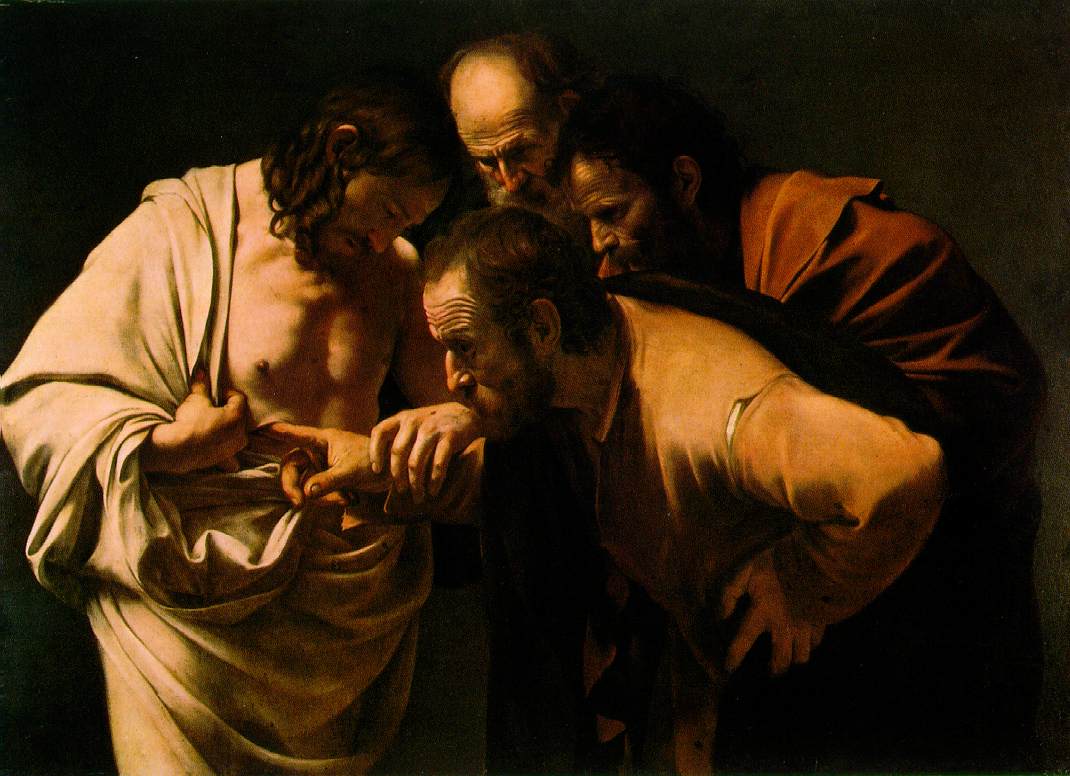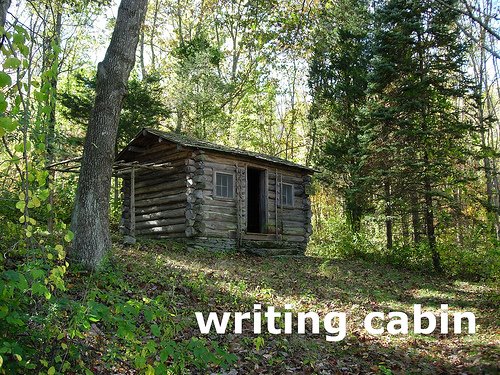I enjoy having a good time.
It seems odd to start what will be a post of some length with that simple confession. I ask myself whether there could really be people who would not admit this truth about themselves readily and happily. Recently, though, I find myself at times laughing out loud in my office, and I wonder if I surprise anyone by that laughter. I surprise myself, I guess. I have a suspicion that I may not always have struck others as someone who could say that he enjoys having a good time.
Serious, thoughtful, dependable John – in the time left over from daily errands and the necessities of healthy living, what makes up his life? After the professional responsibilities and the household routines, next to life with Marc and what I’ll term political commitments, what do I do for the sheer delight and satisfaction of doing it?
The first thing that would occur to someone who knows me is that I do this. I reflect. I mull. I pose the question that almost seems as if it would answer itself until someone actually tries to answer it. I sit with Marc in a bar in New York and I wonder – about the people who visit the bar regularly, about whether we would have enjoyed a bar just like this when we were single and in our twenties, about the memories we both have of friends we knew in our twenties and the ways we would have spoken with them about hopes and dreams. I wonder often what goes on for any of us under our carefully maintained appearances. I wonder what memories remain the most vivid and life-giving for each of us.
Another thing that would occur to someone who knows me is that I do
this. I write. And I do it well after many years’ practice. I write about the things I’m wondering. I write about the things I want to remember. In a basket next to my chair at home is a collection of journals that I’ve kept at different times and on various occasions over the past three decades – vacation weeks, religious retreats, journaling workshops, trips home to my family in New Orleans. I have entries that I’ve written in front of a Christmas tree in Pennsylvania, on a train ride between Rome and Florence, in an Anglican retreat house on the New Hampshire border, in an inn on Cape Cod.
Something that becomes apparent to anyone who regularly reads what I’ve written and posted online is that I enjoy reading. Last year I read again and again Mary Oliver’s newest collection of poems
Thirst. I read biographies of American Romantic Nathaniel Hawthorne and British Poet Laureate John Betjeman and Southern novelist Harper Lee. I read
The Master by Colm Tóibín and
The Gathering by Anne Enright, two recent novels that have garnered a considerable readership. I read a number of memoirs,
Seminary Boy by John Cornwell and
The Florist’s Daughter by Patricia Hampl and
Chaque jour est un adieu by Alain Rémond. I read a journal by May Sarton and a collection of her letters to Juliette Huxley. I read three tales set in Edinburgh featuring Alexander McCall Smith’s unlikely philosopher-sleuth Isabel Dalhousie.
Something of my hunger for a particular kind of conversation becomes clear to friends with whom I walk or sit, talking – sometimes for an hour at a time – about our questions, our lives, the books we’re reading, the things we’re trying to write, the plans we’re hatching for art projects, the hopes we have for the years ahead, the things we remember about even the earliest months of our acquaintance. Confidences shared, fears confessed, decisive realizations explored in an earnest give and take – so the most memorable conversations in my life have been made up. One friend recently exclaimed over drinks with Marc and me when I recalled to him what he had once told me of someone’s failure to celebrate with him on his graduation from law school almost three decades earlier. Other friends share with me an energy and fascination in discussing the range of personality types as sketched by systems like the Enneagram and Myers Briggs and the cues for directions for growth that such systems can provide.
Scattered about the house are mementos, records of other ways I have pursued leisure hours over the years. There are albums of vintage photographs that I’ve purchased and collected. There are shelves of decorative papers and note cards and old postcards and paper punches and rubber stamps and black photo corners and bronze grommets and envelopes in a host of sizes and colors; from the materials on these shelves have emerged artists' books and greeting cards and even wedding programs. There are photos that I have framed of Marc and me at the Eiffel Tower and at St. Paul’s in London, others of family in Venice and North Carolina and friends on their wedding day in Trinity Church in downtown Boston and pets on the back porch. On the floor in our living room are two baskets of all the Christmas cards that Marc and I have received over the more than two decades that we have been together; a yearly review of them is a ritual that I keep each winter when the light is low and the cold grows deep.

Other important pleasures are waiting to be described. There are indeed people who visit churches on a vacation because of the architecture and the art and the ceremony and the associations that certain places have with the writers and poets and saints of the ages. When I enter a church in an otherwise empty hour on a trip to France or just on a visit to a neighborhood near home, I go with an added expectation of being invited deeper into my own life. I subscribe to the mood evoked by British poet Philip Larkin in “Churchgoing”:
A serious house on serious earth it is,
In whose blent air all our compulsions meet,
Are recognised, and robed as destinies.
And that much never can be obsolete,
Since someone will forever be surprising
A hunger in himself to be more serious,
And gravitating with it to this ground,
Which, he once heard, was proper to grow wise in…
When I enter a church at a quiet hour, I enter a world where prayer books and rosaries and candles and statues speak a language that I understand. Far from hierarchies, it becomes the language of mindfulness that I find myself wanting to hear and to speak in settings like retreat houses and old cemeteries and even an armchair in my own house for an hour each evening. It is the language I encounter in the best spiritual writing and in the best poetry, in the breakthrough moments in therapy and in the conversations that I have to have or risk being untrue to myself. It is the language in which I hear myself asked on the deepest level "What do you want?"
This language feels like my native tongue, and to my ears I sound most like John when I am using this language in conversation or writing. I can speak other languages, but then I feel that I am translating what actually started in the language of my heart. At times I even avoid certain topics in conversation if I’m not sure I can translate what I most deeply want to say into a language that the other person will understand. What gets lost in translation, though, is some important stuff that makes me the John I am.
During social evenings that Marc and I spend with friends, it can sometimes feel that there is little or no chance for me to show up as someone with a history of these passions and interests. I know that not every meeting with friends has to accommodate major themes from my own life, and sometimes there is the delightful surprise of a new, refreshing focus around a play or movie that we are all attending or a new restaurant that we are trying. I know what happens to me, though, when an evening progresses and none of these buttons of mine has gotten pushed or acknowledged. I slow down, grow quiet, move inward, wonder what there is I can say or do to move back into the currents of the evening. I take it as a sign that there is more work I need to do to make the kind of conversations I want possible.
But I have been laughing more in recent months.
And I have been growing in a sense of the vitality of the interests by which I am delighted and strengthened and the non-negotiable need for the kind of conversation that recognizes that vitality and helps keep me the John I want to be.
In the language of my native Louisiana,
“Laisse le bon temps rouler!”



.jpg)

.jpg)




